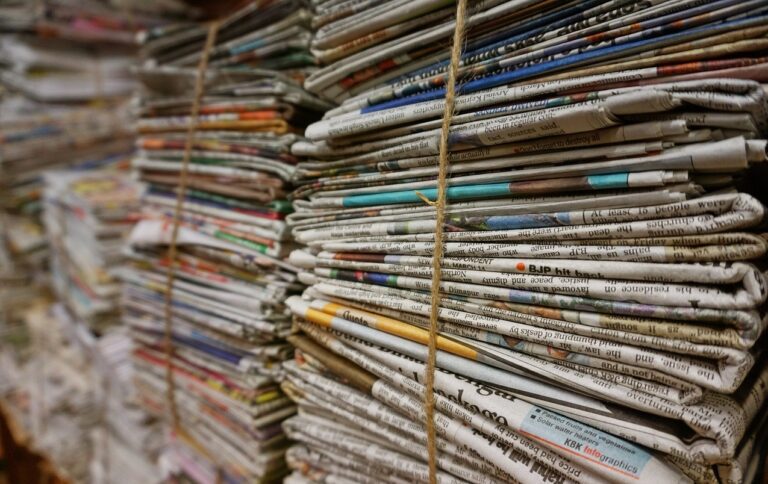
Introduction
Recycling is an important aspect of sustainable living. It is a process that converts waste materials into reusable products. Paper recycling is one of the most common forms of recycling that helps to reduce deforestation, conserve natural resources, and reduce greenhouse gas emissions. In this article, we will explore the journey of recycled paper from its initial stage to becoming a sustainable resource.
The Importance of Recycled Paper
The production of paper is a resource-intensive process that involves the use of trees, water, and energy. By recycling paper, we can reduce the demand for new trees, which in turn reduces deforestation. Deforestation is a significant contributor to climate change, as it releases carbon dioxide into the atmosphere. Recycling paper also conserves natural resources such as water, which is used in the paper-making process. The production of virgin paper requires more water than recycled paper, and recycling reduces the amount of water needed to produce new paper.
Recycling also reduces greenhouse gas emissions. The process of producing virgin paper releases greenhouse gases such as carbon dioxide and methane. By recycling paper, we can reduce the amount of greenhouse gases released into the atmosphere. In addition, recycling paper reduces the amount of waste that ends up in landfills, which reduces the emission of methane gas, a potent greenhouse gas.
The Process of Recycling Paper
The journey of paper from used to recycled is a fascinating process that involves multiple stages.
Collecting & Sorting
The first stage is the collection of waste paper. Waste paper can be collected from various sources such as homes, offices, and schools. Once the waste paper is collected, it is sorted into different grades based on its quality.
Pulping
The next stage is the pulping process. The waste paper is shredded into small pieces and mixed with water to create a pulp. The pulp is then cleaned to remove any contaminants such as ink, staples, and glue. Once the pulp is clean, it is ready to be turned into new paper products.
Papermaking
The final stage is the paper-making process. Once the pulp is cleaned and de-inked, it is ready to be converted into paper.
The clean pulp is mixed with water and other additives such as starch and pigments. The mixture is then poured onto a wire mesh where it is pressed and dried. The end result is a sheet of recycled paper that can be used to make new paper products.
Conclusion
The journey of recycled paper is a remarkable one. It starts as waste paper and ends up becoming a sustainable resource that conserves natural resources, reduces greenhouse gas emissions, and reduces the amount of waste that ends up in landfills. By using recycled paper, we can make a significant contribution towards a sustainable future.
Join the journey towards sustainability by using recycled paper in your daily life and make a positive impact on the environment.

